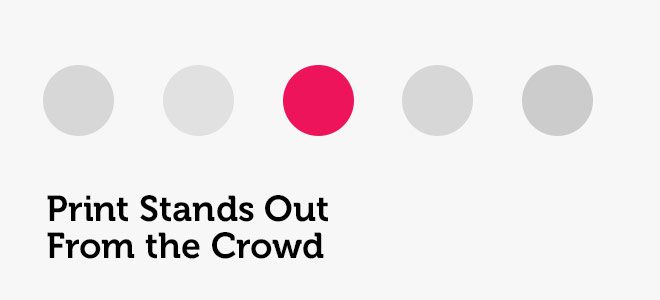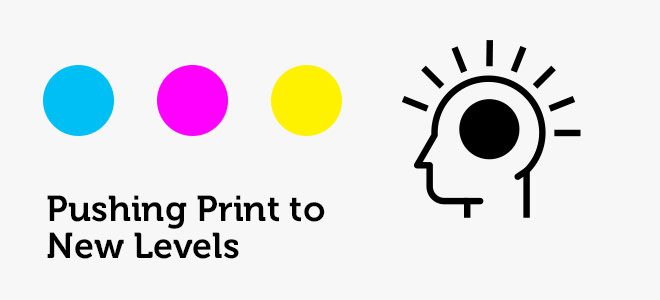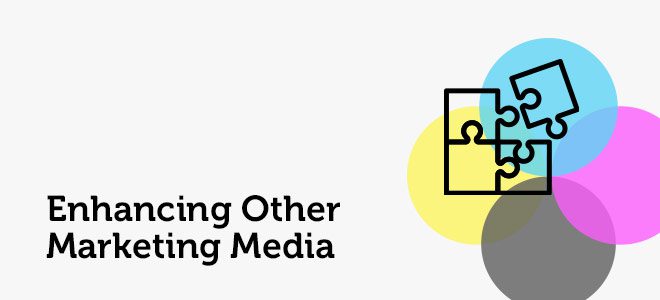Despite the rise of digital content, print has always been—and will continue to be—a staple for consumers. Here are our Three Pillars of Print: how it’s different from other content, and how its impact is more personalized and long-lasting.

Consumers are drowning in digital content. The landscape is cluttered with advertisements, social media campaigns, and online marketing. Previously the only way to catch a consumer’s eye, print has recently taken a back-seat to digital options. But because of our digital-forward context, print now has the opportunity to truly stand out. This advantage is two-fold. First, a printed object seems rare in our digital world. It feels fresh, personalized, meaningful, and authentic. It feels real. Second, printed objects prompt the consumer to contemplate and retain their messages, leading to a long-term impact. Consumers trust a printed asset more than a digital one. Print is once again a powerful tool, even in the 21st century.

Print itself is constantly innovating, from design to delivery. The inception of a printed idea starts with a graphic designer. Nearly all graphic designers say that they have been asked to create a print campaign at one time or another, and 75 percent of their assignments involve a print component. When a designer knows that his or her work will be shown in print, they approach the project differently. Many become involved in the consultation of materials. They also incorporate other, three-dimensional elements that enhance the end product.
This could include packaging, foil-stamping, stock choice, and other physical add-ons. Many designers, too, were first inspired by printed objects; their passion comes from that tactile connection, and their ideas can lend to that same relationship for their own projects. Because of this, printed objects are innovating quickly. Designers are becoming more creative, and equipment is becoming more advanced. Printed objects can be larger, more intricate, and more customized than ever before. They can also be delivered in new and innovative ways, with high-end interactive elements not seen before. With these new opportunities, designers are able to do more than ever before—any idea seems possible with print.

Our digital-forward world, combined with the innovations in print, has prompted a business with the perfect opportunity for marketing and advertising campaigns: a cross-platform approach. A well-thought-out digital campaign, combined with a high-grade, personalized printed object—that utilizes all the latest innovations in production and manufacturing—is without a doubt the most impactful marketing approach.
You can catch people online, where they spend a lot of their time, but you can also grab them when they are off their laptop or phone. If a consumer is able to sit down with a printed product—a zine, catalogue, or even a postcard—they will carry that emotional interaction around with them, and remember it when they come in contact with digital content from that business. The goal with print is not to replace all other marketing or advertising opportunities, but rather to enhance them in the most tangible way possible.
